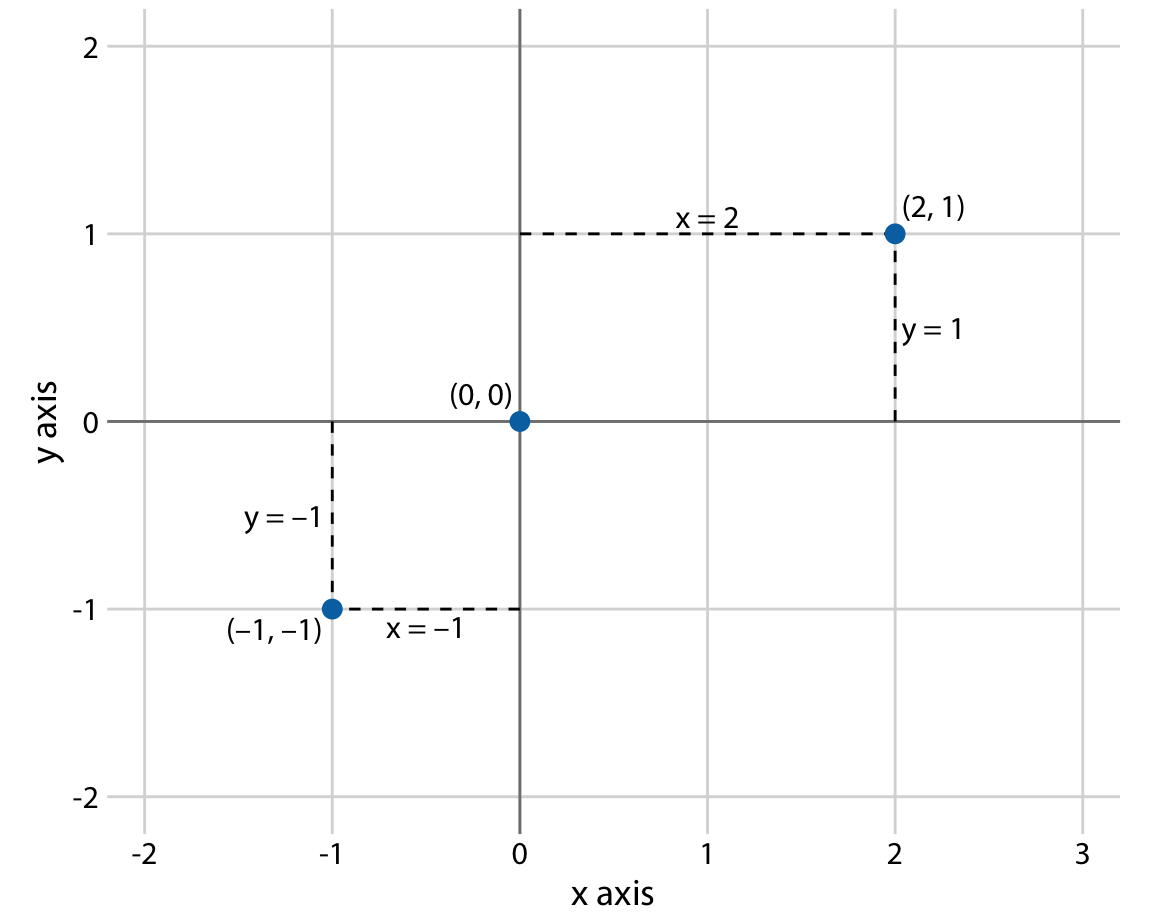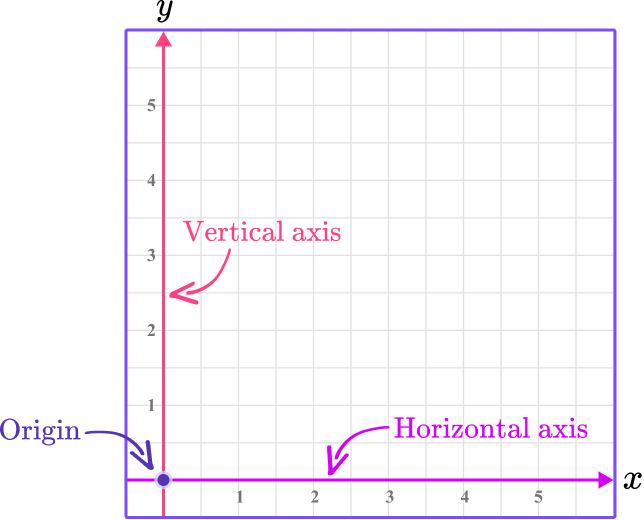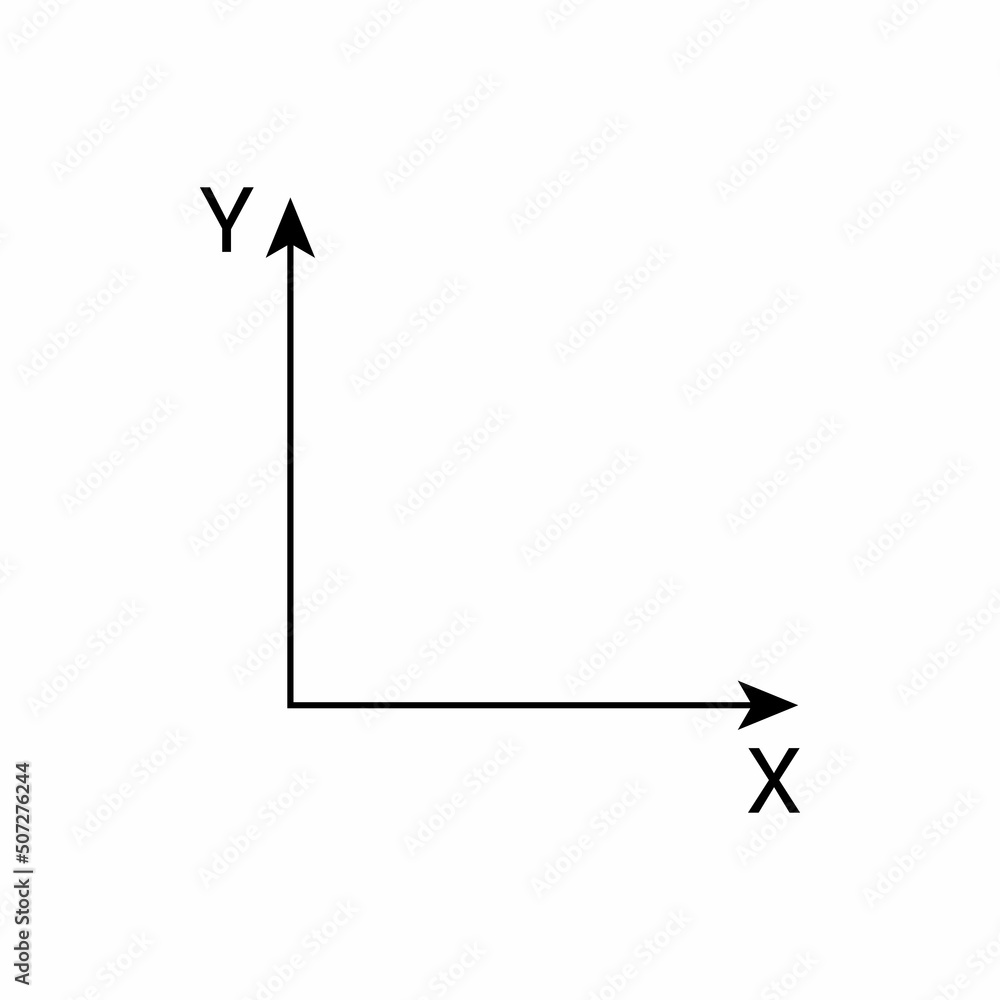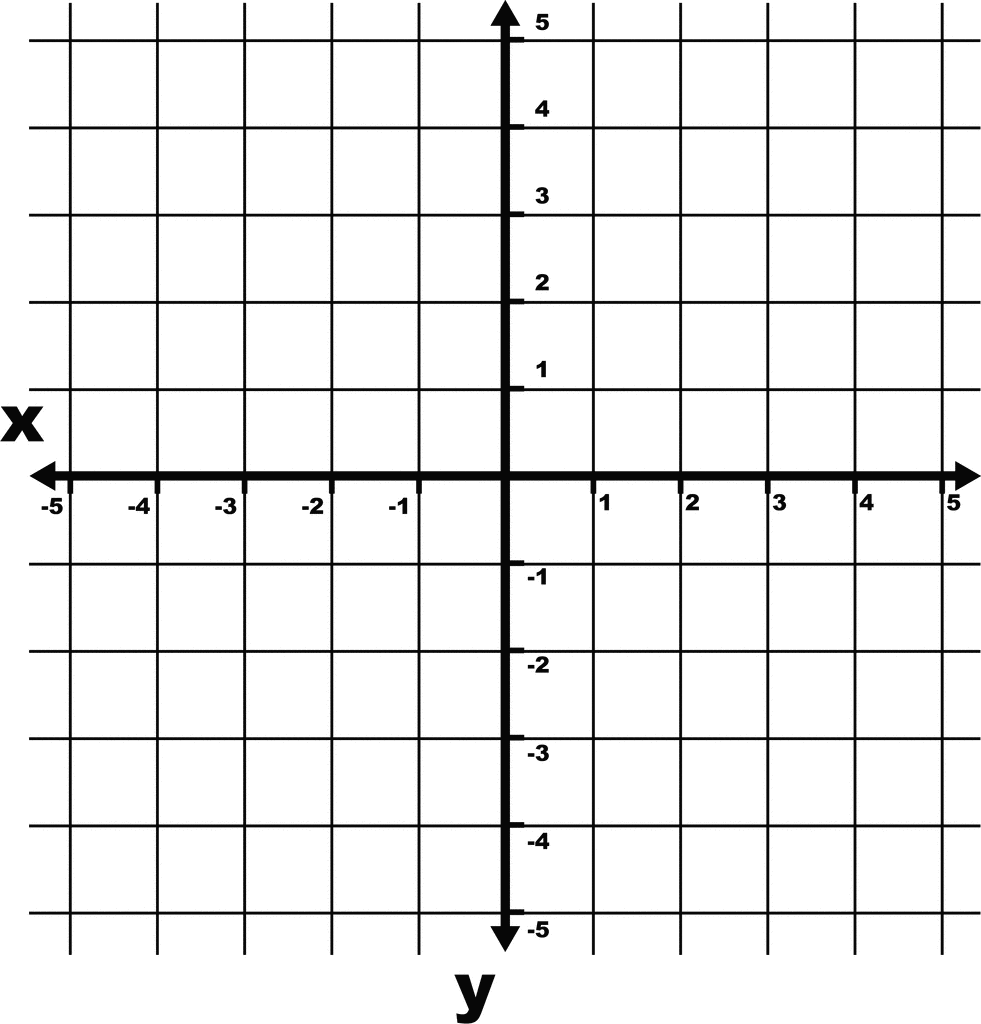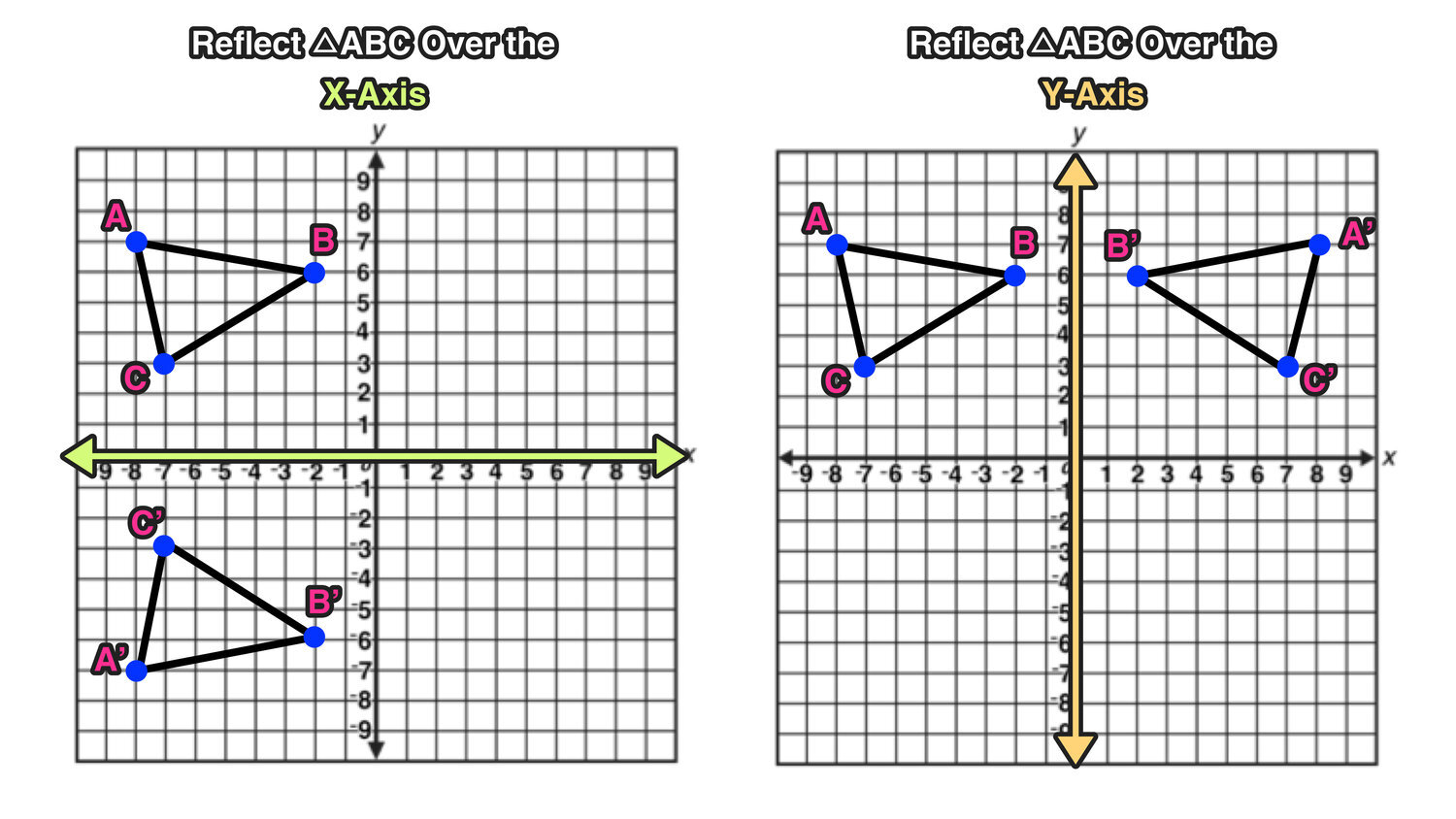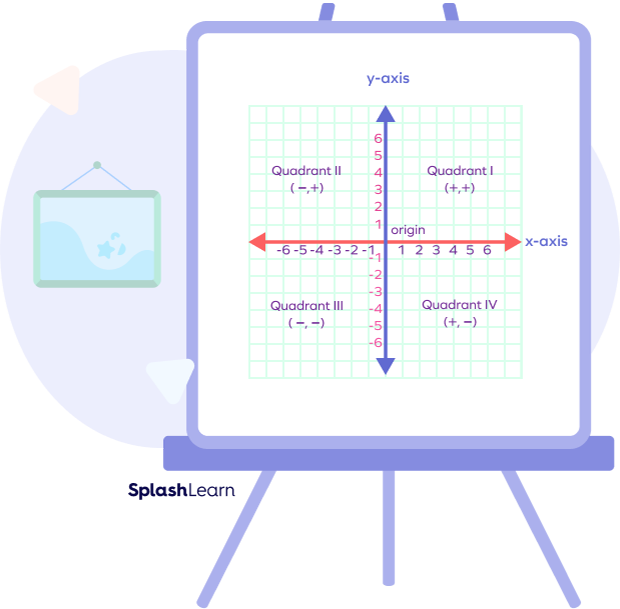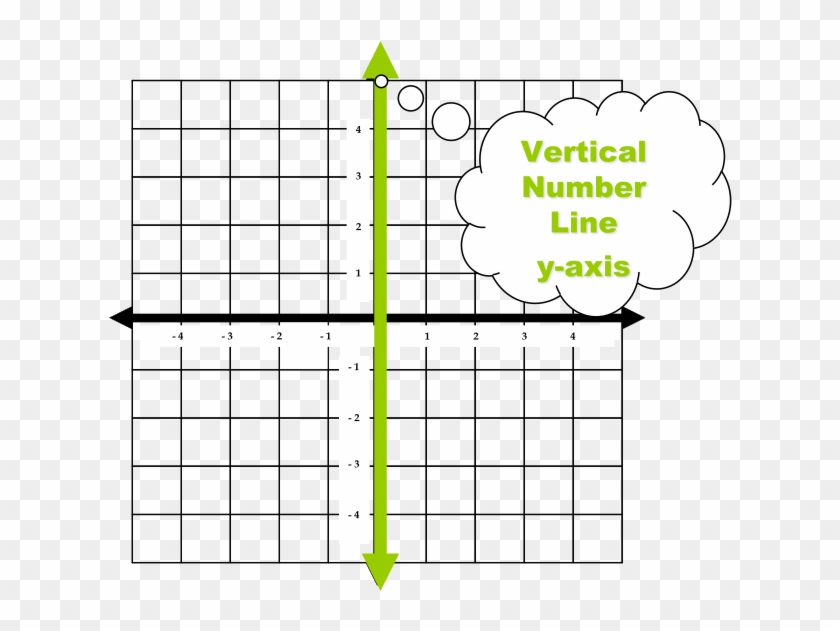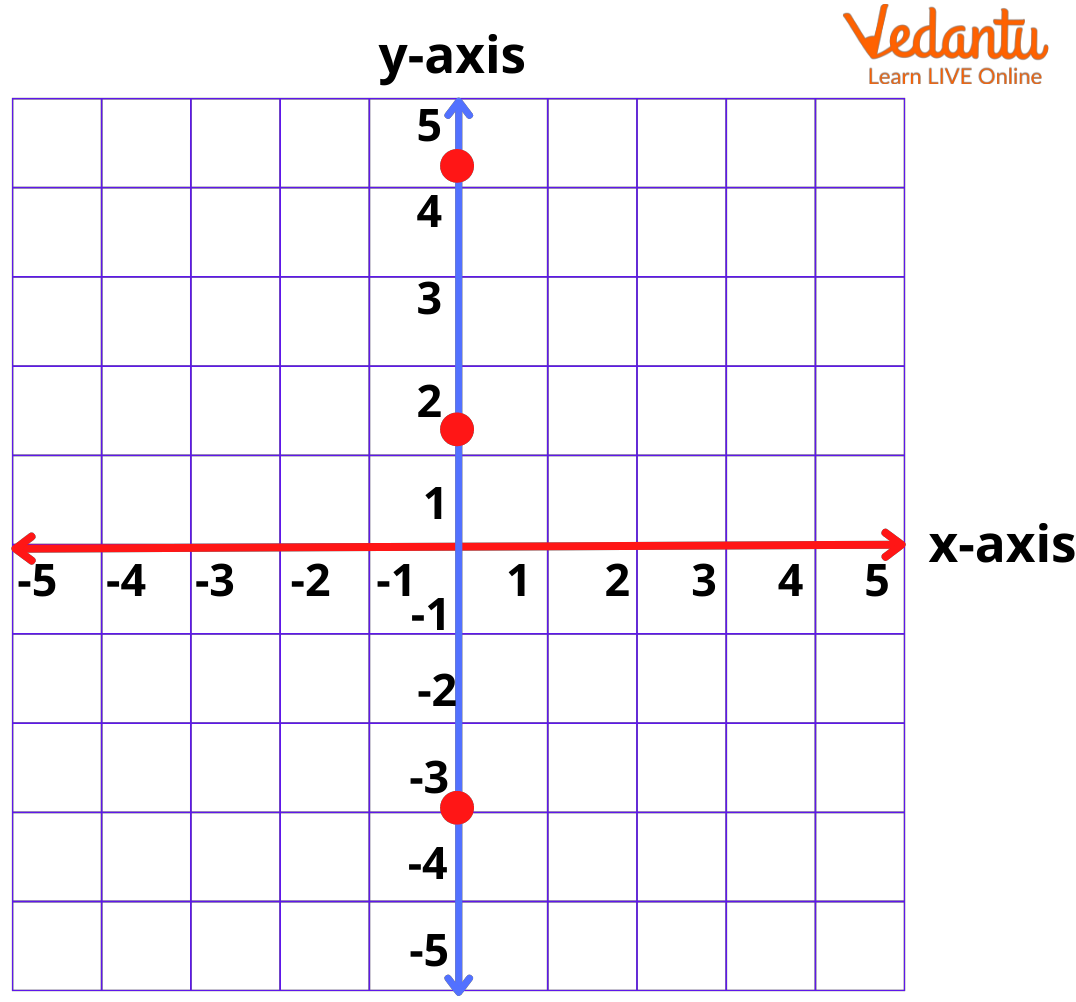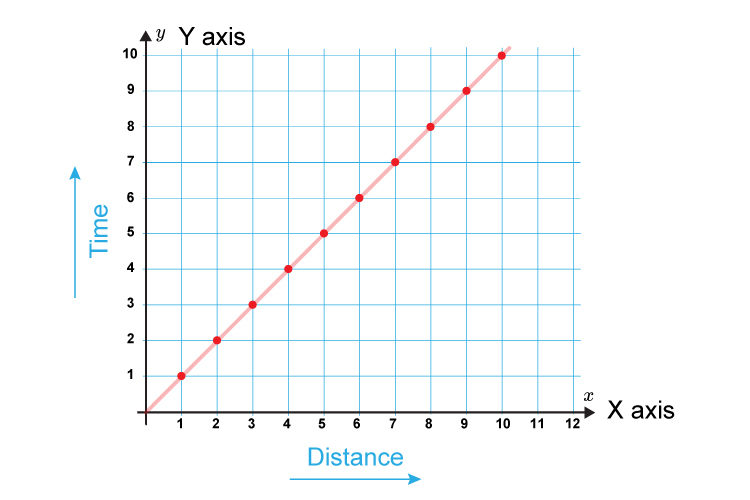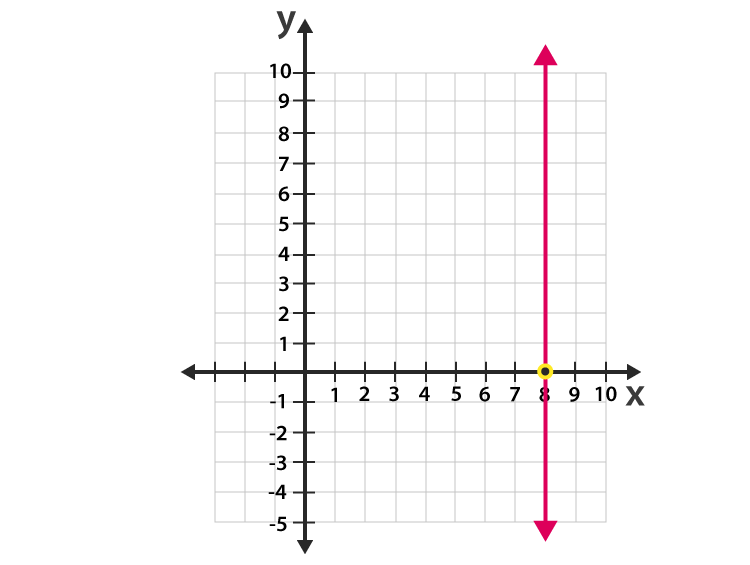Real Tips About How Do You Have Two Vertical Axis Excel Graph With 2

In excel graphs, you're used to having one.
How do you have two vertical axis. Using the plus icon (excel 2013) or the chart tools > layout tab > axis titles control (excel 2007/2010), add axis titles to the two vertical axes. Dual axis charts, also called combo charts, are great when you have two different kinds of information to present in the same chart. Select a chart to open chart tools.
In this article, we'll guide you through the steps of adding a second vertical (y) or horizontal (x) axis to an excel chart. Add your second data series. Copy chart formatting to another chart in excel.
Add or remove a secondary axis in a chart in excel. Excel help & training. If these are too small to select, select any of the blue bars and hit the tab key.
How to create two vertical axes on the same side. Gather your data into a spreadsheet in excel. By default, excel determines the minimum and maximum scale values of the vertical (value) axis, also known as the y axis, when you create a chart.
Use combo to add a secondary axis in excel. Most chart types have two axes: Add a secondary vertical axis to a chart in google sheets using settings in the customize tab of the chart editor window.
To get a secondary axis: Add a vertical line in a chart in excel. The combo chart allows you to manually assign the secondary axis attribute to any of the y axes to visualize more.
First, let’s enter the following data that shows the total sales and total returns for various products: You can always ask an expert in the excel tech community, get support in the answers community, or suggest a new feature or. Dynamic chart range in excel.
By default, excel creates a chart with the primary horizontal axis at the bottom and with the primary vertical axis at the left side of the plot area (shown as blue in the example. Add or remove a secondary axis in a chart in excel: Right click on your series and.
This example teaches you how to change the axis type, add axis titles and how to. Create a chart with your data.



